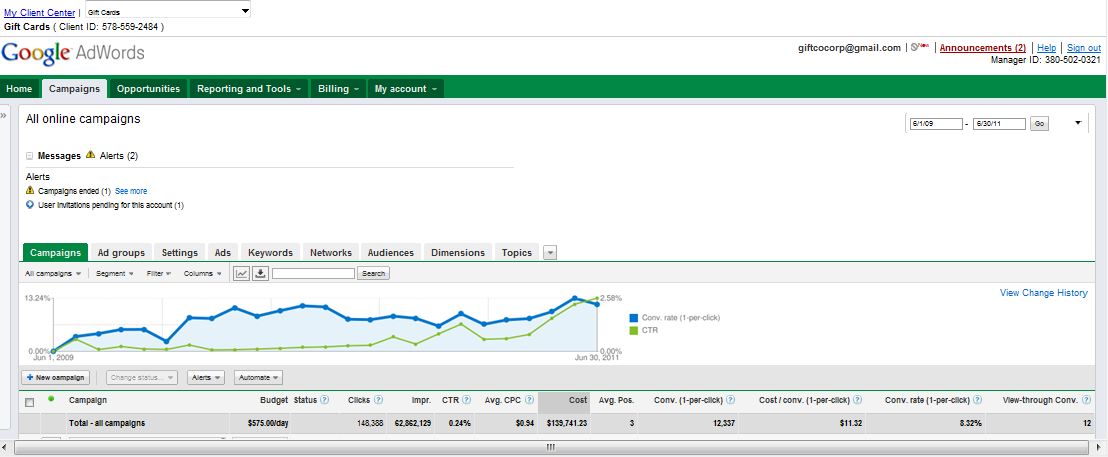I recently observed how valuable my journalism skills are to what I do. Whether I am writing text ads to run on Google’s network, identifying partnership opportunities, or trying to win a new account, I always seem to call upon some time-tested journalism skills.
Listening is a key skill that was taught in J-school at KU and in Mass Comm at ACU. But words and sounds are only a small percentage of what listening requires. Observation is part of listening. Body language, tone and what is not said, are often much more important than what is actually said.
In journalism courses, I was drilled in identifying the “Why” of the story. Other facts that imbue from who, what, where, when and how are required also, of course. However, the answers to”Why” almost always reveal the most interesting nuggets that make a news story or feature so compelling. We seem to naturally want to understand the “why” of things.
Leading a story with the most important facts was always a good challenge. But it is a good exercise to go through in business communications as well. What are the most important things to communicate to your audience. Why should it be important to them?
Headlines must capture attention.Writing headlines was always my favorite journalistic task. Using as few words as possible, I’d create headlines that compelled most people to read at least the first few lines of a story. Headlines are even more important today since there are so many things competing for our attention. Email subject lines, Web page subheads, White Paper names, even Tweets – these all require great headline writing skills.
I’m showing my age here, but deadlines used to be the driving force in publishing. You had to have your stories completed at a certain time to allow for editing, rewriting and layout, so that a publication could be printed, packaged and distributed on time. Some of that sense of urgency remains in the publishing industry, but it is different now, with 24-hour news cycles and wide-spread consumer access to the Web, email and smart phones. It is different in business now too. Competition is now 24/7. Companies must move faster and continually release new content, new products, new strategies, and news to placate customers and investors.
Editor’s Note: Sometimes the simple task of putting the right words in bold, italics, quotes, or underlined is more important than you first realize. More than ever, people skim content to look for the most important ideas and news.


